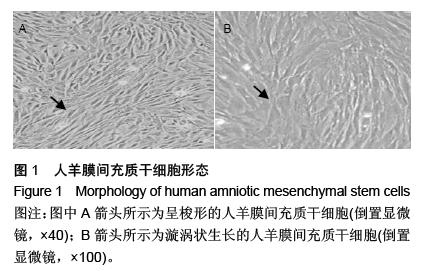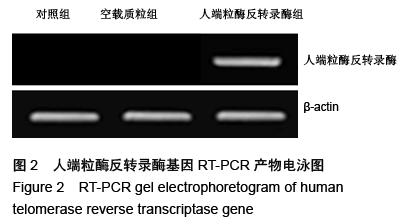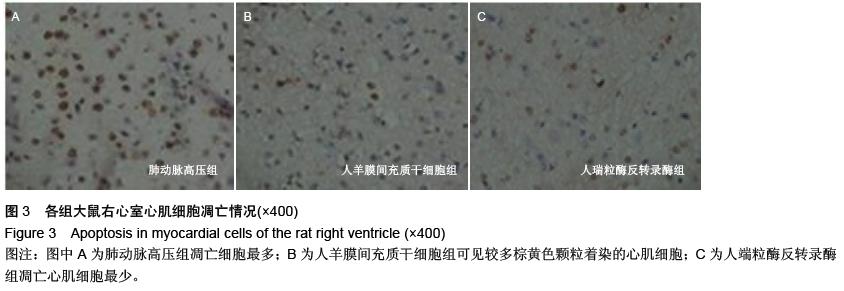| [1] 杨涛,何建国.左心疾病相关性肺动脉高压预后的研究进展[J].中国循环杂志,2013,28(3):237-239.[2] Zheng Y, Yang T, Chen G, et al. Prostanoid therapy for pulmonary arterial hypertension: a meta-analysis of survival outcomes. Eur J Clin Pharmacol. 2014;70(1): 13-21.[3] Kasai H, Matsumura A, Sugiura T, et al.Noninvasive assessment of pulmonary vascular resistance by echocardiography in chronic thromboembolic pulmonary hypertension.Respir Investig. 2015;53(5): 210-216. [4] Chen G, Yang T, Gu Q, et al. Elevated plasma YKL-40 as a prognostic indicator in patients with idiopathic pulmonary arterial hypertension. Respirology. 2014; 19(4):608-615.[5] 徐英.携带人端粒酶反转录酶基因脐血间充质干细胞移植治疗肺动脉高压[J].中国组织工程研究,2015,19(6): 923-927.[6] Gurtu V, Michelakis E. Cell-Based Gene Therapy in Pulmonary Arterial Hypertension: Journeys in Translational Medicine. Circ Res. 2015;117(7): 596-598.[7] Enderby CY, Burger C. Medical treatment update on pulmonary arterial hypertension. Ther Adv Chronic Dis. 2015;6(5):264-272.[8] Adir Y, Elia D, Harari S. Pulmonary hypertension in patients with chronic myeloproliferative disorders. Eur Respir Rev. 2015;24(137):400-410.[9] 王秋芬,廖玉华.欧洲心脏病协会2004 年肺动脉高压诊断和治疗指南简介[J].临床心血管病杂志,2005, 21(7): 385-386.[10] Naeije R, Vonk Noordegraaf A, Kovacs G. Exercise-induced pulmonary hypertension: at last.Eur Respir J. 2015;46(3):583-586.[11] Di Nicola M, Carlo-Stella C, Magni M, et al. Human bone marrow stromal cells suppress T-lymphocyte proliferation induced by cellular or nonspecific mitogenic stimuli. Blood. 2002;99(10):3838-3843.[12] 王俊东,杨达宽,李治纲,等.野百合碱诱导大鼠肺动脉高压模型的建立[J].中国组织工程研究与临床康复, 2011, 15(28):5237-5240.[13] Okazaki H, Hata N, Shirakabe A, et al. Early Effects of Oral Pulmonary Vasodilators in an Elderly Patient with Critical Thromboembolic Pulmonary Hypertension: A Case Report. J Nippon Med Sch. 2015;82(4):206-210.[14] Avxent'eva MV, Cherniavski? AM, Piadushkina EA.Economic Evaluation of Riociguat in Patients with Inoperable or Residual Chronic Thromboembolic Pulmonary Hypertension.Kardiologiia. 2015;55(3): 33-40.[15] Lisignoli G, Remiddi G, Cattini L,et al. An elevated number of differentiated osteoblast colonies can be obtained from rat bone marrow stromal cells using a gradient isolation procedure. Connect Tissue Res. 2001;42(1):49-58.[16] Colter DC, Class R, DiGirolamo CM, et al. Rapid expansion of recycling stem cells in cultures of plastic-adherent cells from human bone marrow. Proc Natl Acad Sci U S A. 2000;97(7):3213-3218.[17] Dexter TM, Allen TD, Lajtha LG.Conditions controlling the proliferation of haemopoietic stem cells in vitro.J Cell Physiol. 1977;91(3):335-344.[18] Zohar R, Sodek J, McCulloch CA. Characterization of stromal progenitor cells enriched by flow cytometry. Blood. 1997;90(9):3471-3481.[19] 赵科研,王辉山,侯明晓,等.不同数目骨髓间充质干细胞移植对大鼠肺动脉高压的作用及内皮素-1表达的影响[J].中国胸心血管外科临床杂志,2012,19(3):298-303.[20] Prockop DJ.Marrow stromal cells as stem cells for nonhematopoietic tissues. Science. 1997;276(5309): 71-74.[21] Barry F, Boynton R, Murphy M, et al. The SH-3 and SH-4 antibodies recognize distinct epitopes on CD73 from human mesenchymal stem cells. Biochem Biophys Res Commun. 2001;289(2):519-524.[22] Fiszer R, Karwot B, Chodór B, et al. Potts' shunt in a child with idiopathic pulmonary arterial hypertension - one-and-a-half year observation. Kardiochir Torakochirurgia Pol. 2015;12(2):170-172. [23] Dvorakova J, Hruba A, Velebny V, et al. Isolation and characterization of mesenchymal stem cell population entrapped in bone marrow collection sets. Cell Biol Int. 2008;32(9):1116-1125.[24] 张春曦,黄达德,陈敏东,等.间充质干细胞联合辛伐他汀对动力性肺动脉高压的影响[J].广州医药,2012,43(6):1-3.[25] Conget PA, Minguell JJ. Phenotypical and functional properties of human bone marrow mesenchymal progenitor cells. J Cell Physiol. 1999;181(1):67-73.[26] Peister A, Mellad JA, Larson BL, et al. Adult stem cells from bone marrow (MSCs) isolated from different strains of inbred mice vary in surface epitopes, rates of proliferation, and differentiation potential. Blood. 2004; 103(5):1662-1668.[27] Gronthos S, Simmons PJ, Graves SE, et al. Integrin-mediated interactions between human bone marrow stromal precursor cells and the extracellular matrix. Bone. 2001;28(2):174-181.[28] Glennie S, Soeiro I, Dyson PJ, et al. Bone marrow mesenchymal stem cells induce division arrest anergy of activated T cells. Blood. 2005;105(7): 2821-2827.[29] Barbash IM, Chouraqui P, Baron J, et al. Systemic delivery of bone marrow-derived mesenchymal stem cells to the infarcted myocardium: feasibility, cell migration, and body distribution. Circulation. 2003; 108(7):863-868.[30] Terai S, Sakaida I, Yamamoto N, et al. An in vivo model for monitoring trans-differentiation of bone marrow cells into functional hepatocytes. J Biochem. 2003; 134(4):551-558.[31] Wu GD, Nolta JA, Jin YS,et al. Migration of mesenchymal stem cells to heart allografts during chronic rejection.Transplantation. 2003;75(5): 679-685.[32] Krampera M, Glennie S, Dyson J, et al. Bone marrow mesenchymal stem cells inhibit the response of naive and memory antigen-specific T cells to their cognate peptide. Blood. 2003;101(9):3722-3729.[33] Wang XX, Zhang FR, Shang YP, et al. Transplantation of autologous endothelial progenitor cells may be beneficial in patients with idiopathic pulmonary arterial hypertension: a pilot randomized controlled trial. J Am Coll Cardiol. 2007;49(14):1566-1571.[34] Baber SR, Deng W, Master RG, et al. Intratracheal mesenchymal stem cell administration attenuates monocrotaline-induced pulmonary hypertension and endothelial dysfunction.Am J Physiol Heart Circ Physiol. 2007;292(2):H1120-1128.[35] Raoul W, Wagner-Ballon O, Saber G, et al. Effects of bone marrow-derived cells on monocrotaline- and hypoxia-induced pulmonary hypertension in mice. Respir Res. 2007;8:8.[36] Breitbach M, Bostani T, Roell W, et al. Potential risks of bone marrow cell transplantation into infarcted hearts. Blood. 2007;110(4):1362-1369.[37] Collino F, Deregibus MC, Bruno S, et al. Microvesicles derived from adult human bone marrow and tissue specific mesenchymal stem cells shuttle selected pattern of miRNAs. PLoS One. 2010;5(7):e11803.[38] He J, Wang Y, Sun S, et al. Bone marrow stem cells-derived microvesicles protect against renal injury in the mouse remnant kidney model. Nephrology (Carlton). 2012;17(5):493-500.[39] 陈建英,徐军发,杨宇,等. 辛伐他汀对野百合碱诱导的肺动脉高压大鼠IL-6和IL-8表达的影响[J].中南药学, 2009, 7(7):506-510.[40] Bazan IS, Fares WH.Pulmonary hypertension: diagnostic and therapeutic challenges.Ther Clin Risk Manag. 2015;11:1221-1233. |
.jpg)




.jpg)